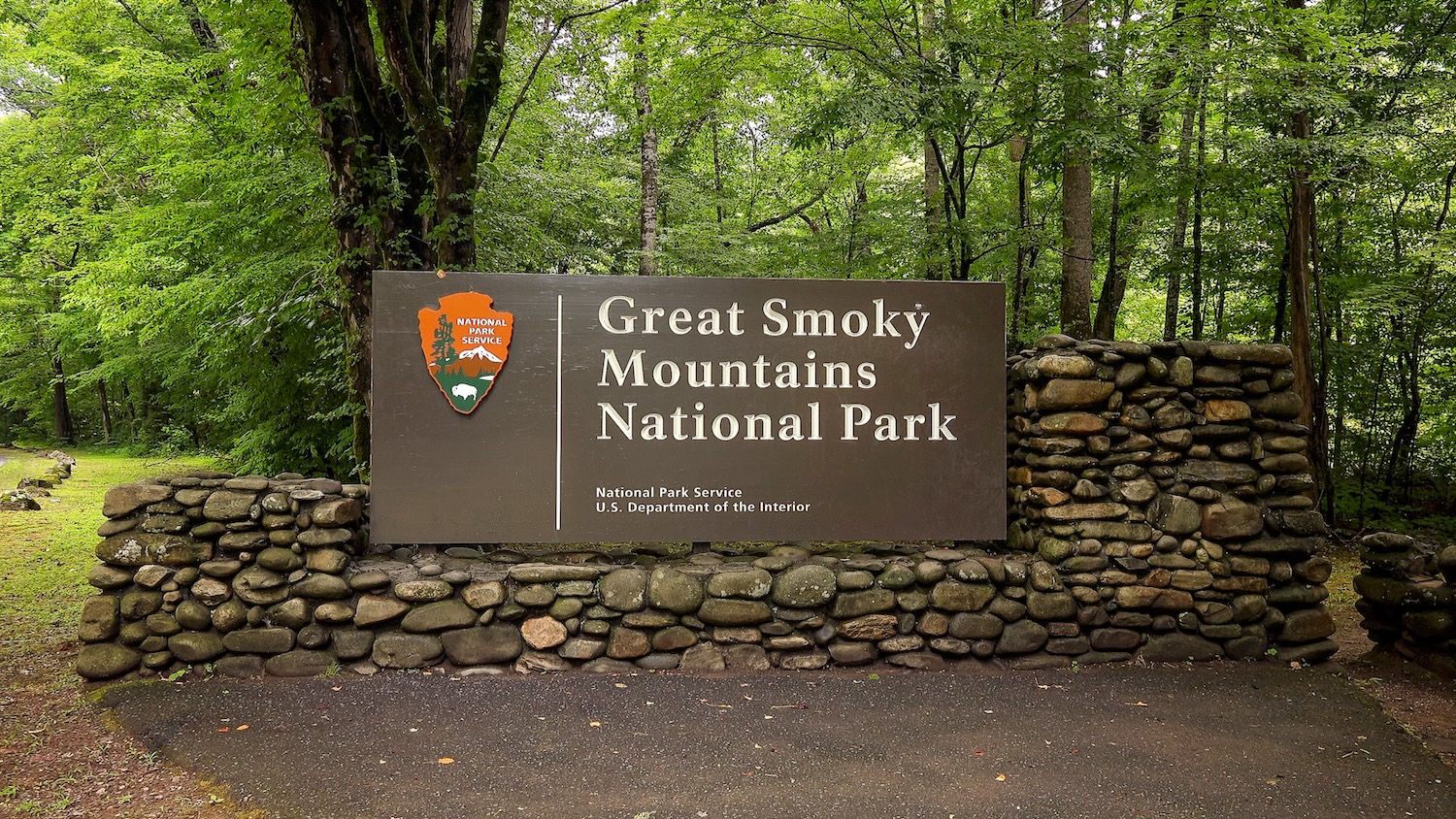What Climate Change Means for Tourism
Hurricanes, rising sea levels and other climate-fueled hazards are wreaking havoc on tourism-dependent communities around the world.

When Erin Seekamp booked a rental home in Holden Beach, North Carolina in August 2020, she expected to spend the week with family and friends as they celebrated her parent’s 50th anniversary. But her plans were upended by Hurricane Isaias.
Seekamp and her parents arrived to check in on Saturday, August 1 only to be turned away by officials. Holden Beach was one of several Outer Banks communities that made the decision to send renters packing before Hurricane Isaias made landfall.
The Category 1 storm made landfall near Ocean Isle Beach on the morning of August 4 with winds of up to 85 mph. The storm caused significant flooding, resulting in more than $40 million in damages to Holden Beach alone.
“Even though the storm wasn’t projected to make landfall until three days after our arrival, we weren’t allowed to check in at all,” Seekamp said.
Hurricane Isaias’ impact on Holden Beach and other areas throughout the Outer Banks highlights a scenario that’s becoming increasingly common for travelers around the world as climate change increases the frequency, duration and intensity of extreme weather events.
“It’s becoming increasingly risky to travel to destinations highly exposed to these different climate stressors,” said Seekamp, the Goodnight Distinguished Professor and director of the Coastal Resilience and Sustainability Initiative at NC State.
A tropical storm like Hurricane Isaias, for example, can disrupt transportation, power and water supplies in coastal areas. “You not only risk losing a lot of money if your trip is delayed or canceled, but you also risk danger if there’s no way to leave the area,” said Seekamp, who studies climate-related tourism planning.
Why Destinations Must Take Climate Action
The Outer Banks and other climate-impacted destinations continue to experience heightened demand despite the risk of flooding and other natural hazards. This trend can largely be attributed to the “place attachments” — or emotional bonds — that tourists have formed with these places, according to Seekamp.
Research shows that place attachments can influence how tourists respond to climate change. A survey conducted by Seekamp and her colleagues found that visitors with strong place attachments to North Carolina’s Outer Banks were less likely to cancel a planned trip if the region was dealing with the impacts of a natural hazard.
But not all tourists form strong place attachments. In fact, a significant portion of the Outer Banks visitors surveyed by Seekamp and her colleagues responded that they would travel elsewhere if they could not reach the region due to impacts from coastal hazards, with 48% responding that they would go to another beach outside of North Carolina.
Studies have also found that some tourists, especially those with low trip anticipation or longer travel distances, are more likely to cancel their trips, seek safer destinations or change the timing of their trips in response to climate change. Seekamp found that 37% of Outer Banks visitors would put their plans on hold.
Ultimately, whether tourists cancel their trips or go elsewhere due to climate change, current research findings present substantial uncertainty for the tourism-dependent communities that rely on occupancy taxes to invest in infrastructure and other critical needs.
“When people go elsewhere, it can really affect the ability of these climate-impacted communities to generate the tax base that supports adaptation actions,” Seekamp said.

Seekamp said destinations should strive to minimize the negative impacts of climate change by implementing “bounce-forward” decisions that “generate more sustainable economic, environmental and social outcomes in the long term.”
Coastal destinations can protect properties from flooding caused by sea level rise and storm surge by elevating buildings on stilts, for example. They can also build solar farms to serve as secondary power sources in the event of a blackout.
“Every community has the capacity to prepare for and address the effects of climate change,” Seekamp said. “It really comes down to whether or not they’re able to activate that capacity.”
Many destinations currently make “bounce-back” decisions, meaning they “recover and go back to business as usual” in the wake of tropical storms and other natural hazards, according to Seekamp.
Remote and unincorporated areas like the Outer Banks often struggle to adapt to climate change because they don’t have the resources or support to make “bounce-forward” decisions, according to Seekamp.
“Many of these communities feel like things are just put on them; like the decisions being made for them don’t include their voices,” Seekamp said. “My goal is to help them change that narrative so they save themselves.”
How Destinations Can Build Climate Resilience
Seekamp, along with Ann Savage of NC State Tourism Extension and Whitney Knollenberg and Bethany Cutts of the Department of Parks, Recreation and Tourism Management, has spent a number of years working with communities in the Outer Banks to help them identify actions they can take to build resilience against climate change.
A series of studies conducted by Seekamp and her colleagues between 2020 and 2022 compared the factors and information networks that influence information processing and recovery decision making in the communities of Ocracoke and Hatteras, leading to the creation of a blueprint for a virtual community-based disaster preparedness hub.
The remote, tourism-dependent communities of Ocracoke and Hatteras are particularly vulnerable to damage and destruction when tropical storms hit coastal North Carolina because they rely on a single state highway and/or ferry service that, when damaged, can limit access to recovery resources and restrict visitor access and lodging availability.
“One of the issues in these isolated communities is that unvetted individuals and companies come in after these big storms and take advantage of residents,” Seekamp said. “This information hub provides a space for community testimonials on the companies or individuals who say they’re coming to help.”
Recently, Seekamp and her colleagues held a series of workshops with residents from the communities of Hatteras and Ocracoke to identify important cultural, environmental and economic resources and to collaboratively brainstorm climate adaptation strategies that could help reduce flood-related impacts.

The North Carolina Department of Transportation has spent hundreds of millions of dollars over the past decade to repair and maintain vulnerable sections of Highway 12, while local governments have invested in temporary beach nourishment projects to protect coastal infrastructure from erosion and storms.
Seekamp is now collaborating with Casey Dietrich, a professor of civil, construction and environmental engineering at NC State, to create models that explore the impacts of implementing extreme adaptation strategies — such as allowing an island section to return to nature by removing roadways and other infrastructure — for flood mitigation.
“These extreme, atypical strategies have been off the table because of current policies and costs,” Seekamp said. “What we’re hoping to end up with is real science-based evidence that these communities can use to advocate for policy changes and funding.”
For now, Seekamp said destination communities should consider asking tourists to lend financial support to climate-adaptation projects. Research conducted by Seekamp and her colleagues found that tourists with strong place attachments to the North Shore of Lake Superior, for example, were more than willing to donate to these projects in exchange for vanity plates for their vehicles.
“If climate-impacted communities can demonstrate that private, additional funds are possible, state and federal agencies might develop match programs to help further support adaptation projects,” Seekamp said.


